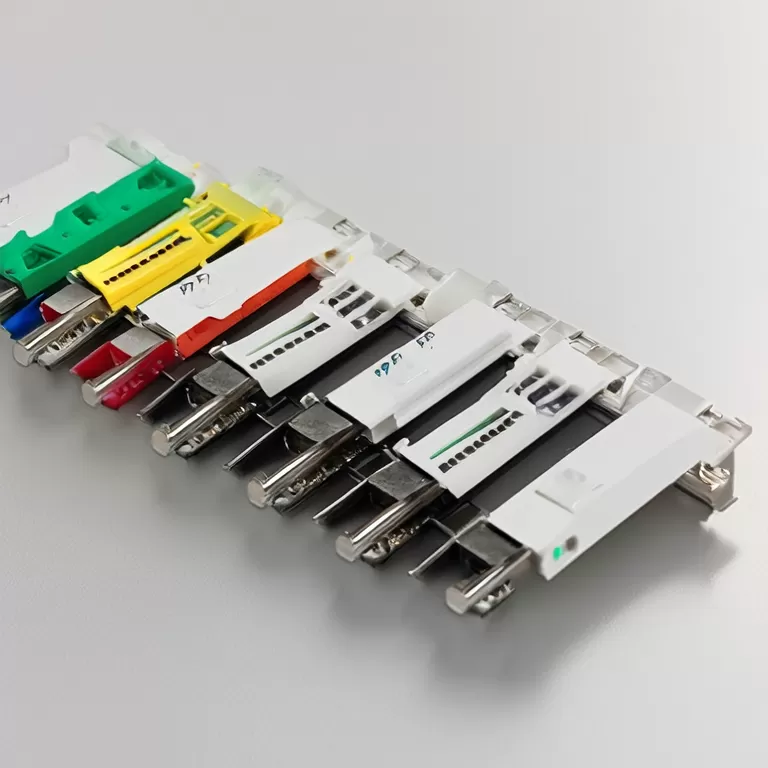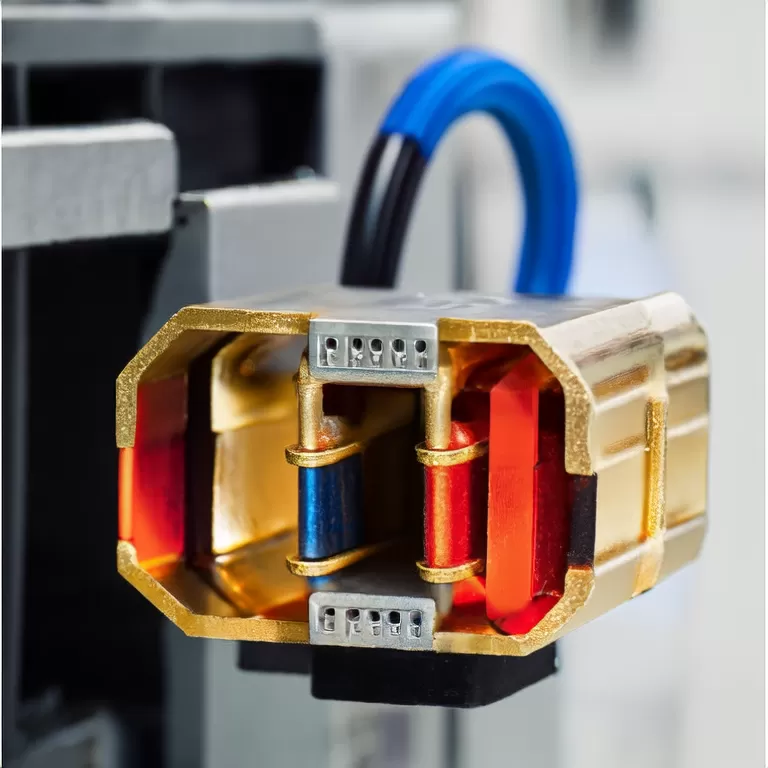- Home
- Products
+
- Connectors
+
- Box Header Connectors & Ejector Header Connectors
- Female Header Connectors
- Male Pin Header Connectors & Mini Jumper Connectors
- IC Socket / PLCC Socket / ZIF Socket Connectors
- Wire to Board Connectors & Wire to Wire Connectors
- IDC Connectors
- FFC / FPC Connectors
- Micro Match Connectors
- DIN41612 Connector
- D-Sub Connectors / D-SUB hood
- SIM & Micro SIM & Nano SIM Card Connectors
- Memory Card Connectors
- USB 2.0 / USB 3.0 / USB 3.1 / Type C / Micro USB / IEEE 1394 / Mini USB Connectors
- DVI Connectors & HDMI Connectors
- Y13 / Y17 /Y21 IP68 Waterproof Circular Connectors
- Circular Connectors
- SATA Connectors
- Audio Connectors
- Terminal Blocks
+
- PCB Terminal Block Rising Clamp
- PCB Terminal Block Wire Protector
- Pluggable Terminal Blocks
- Screwless-Spring terminal blocks
- Barrier Terminal Blocks
- Reflow Solder LCP Housing Terminal Blocks
- Fuse lighting terminal blocks
- Feed Through Terminal Blocks and Box
- Miniature Rail-mounted Terminal Blocks
- Insulated terminals
- Non-insulated terminals
- Solder terminals for PCB mount
- Switches +
- Crystals / Oscillators / Resonators +
- Transformers +
- Ethernet Connectors +
- RF Connectors +
- Sound sources +
- Latching Relay +
- Antenna +
- Connectors
+
- Cross Reference
- Solution
- About RHT
- FAQ
- Download
- News
- Contact Us +
What are the advantages of terminal blocks?
 Oct. 20, 2025
Oct. 20, 2025In the fast-evolving electrical components industry, Terminal Blocks have emerged as a critical solution for safe and efficient connections in various applications. As a key Terminal Blocks Supplier, this category of electrical connectors addresses significant pain points such as connectivity, durability, and ease of maintenance. With an increasing reliance on automation and control systems, terminal blocks occupy a pivotal role, facilitating seamless connectivity in harsh industrial environments and providing reliable long-term performance. Furthermore, the demand for high-quality electrical connections is projected to rise by 11% annually, highlighting the importance and growing relevance of effective terminal block solutions.
What Are Terminal Blocks?
Terminal blocks are modular connectors that provide a secure interface for connecting wires in electrical circuits. They are composed of an insulated housing with metal contact points designed to hold wires solidly in place. In industry terminology, they enable the organization of electrical wiring while ensuring safety through reliable insulation. This function is crucial for preventing electrical shorts and facilitating maintenance. Notably, terminal blocks come in various configurations—screw, clamp, and spring—to accommodate diverse wire sizes and installations.
Application Scenarios for Terminal Blocks
Terminal blocks find application across numerous fields:
Industrial Automation: In factory settings, they simplify connections for control panels, facilitating quick wire management and minimizing downtime.
Transportation: In vehicles, terminal blocks ensure reliable connections within electrical systems, including lighting and onboard communication.
Renewable Energy: In solar installations, they provide a safe means to connect PV modules with inverters, ensuring optimal performance and safety.
Building Automation: They enable effective management of lighting, heating, and air conditioning systems, enhancing energy efficiency in modern buildings.
Advantages of Terminal Blocks
Understanding the benefits of terminal blocks is essential for any electrical professional:
Ease of Maintenance: Terminal blocks simplify troubleshooting processes. A study from the National Electrical Manufacturers Association (NEMA) found that structured wiring configurations can reduce maintenance time by up to 40% by providing clear identification and accessibility of connections.
Increased Safety: By centralizing connections, terminal blocks minimize the risk of short circuits. According to data from the IEEE, proper terminal block use can reduce electrical fire hazards by over 25%.
Scalability: Terminal blocks support scalability in designs, allowing future expansions or modifications to be executed with minimal effort.
Cost-Effectiveness: Initial costs can be mitigated due to reduced downtimes and simplified maintenance, resulting in lower operational costs.
Next Steps
To ensure proper implementation of terminal blocks in your projects, it’s crucial to consult user guides and reference materials provided by manufacturers such as RHT. These resources can provide best practices for installation, maintenance, and troubleshooting.
FAQ
What types of terminal blocks are available?Terminal blocks come in various types including, but not limited to, screw terminal blocks, spring terminal blocks, and push-in terminal blocks, each providing unique benefits depending on the application.
How do I select the right terminal block?Factors to consider include voltage rating, current capacity, number of poles, and wire size, as each application has specific requirements.
Where can I find quality terminal blocks?For reliable options, consider authorized suppliers such as RHT that offer comprehensive support and a wide range of products suitable for both commercial and industrial applications.
Explore further by researching terminal block products online or requesting samples from manufacturers. Implementing the right terminal blocks can lead to significant improvements in the efficiency and safety of your electrical connections.
Are there color-coded terminal blocks?
 Dec. 03, 25
Dec. 03, 25










